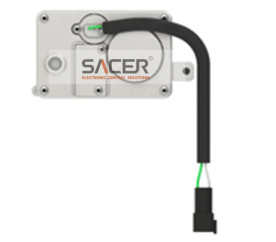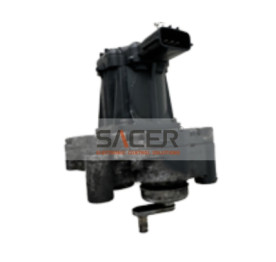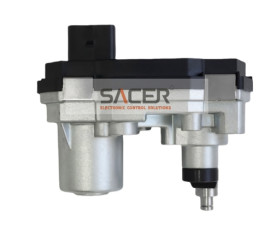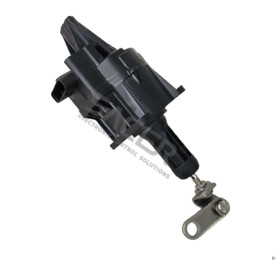The history of turbo actuators is a fascinating tale of innovation, transforming the automotive industry and revolutionizing engine performance. Let's take a journey through the remarkable evolution of turbo actuators.
It all began with the advent of turbocharging in the mid-20th century. Turbochargers were introduced to enhance engine power by utilizing waste exhaust gases to drive a turbine, which in turn compressed the incoming air. However, controlling the turbocharger's output proved to be a challenge.
Early turbo actuators relied on simple wastegate valves to regulate boost pressure. While effective, these systems lacked precision and efficiency. As technology advanced, the need for more sophisticated actuators became apparent.
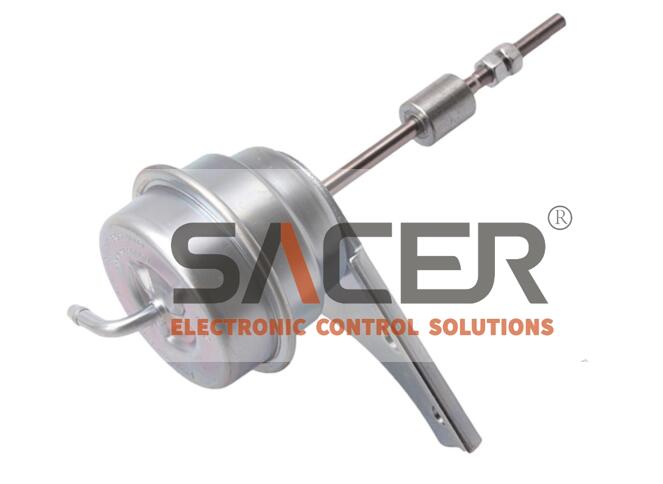
In the 1980s, electronic actuators emerged, allowing precise control of turbocharger output. These intelligent actuators utilized sensors and electronic control units to monitor and adjust boost pressure in real-time. This marked a significant milestone in turbocharger technology, providing enhanced performance and fuel efficiency.
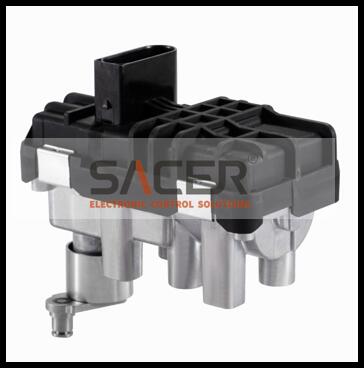
In recent years, further advancements have taken turbo actuators to new heights. Electrically-driven variable geometry turbochargers (VGT) have gained popularity. These actuators feature adjustable vanes that optimize turbine flow, providing optimal boost across a wider range of engine speeds.
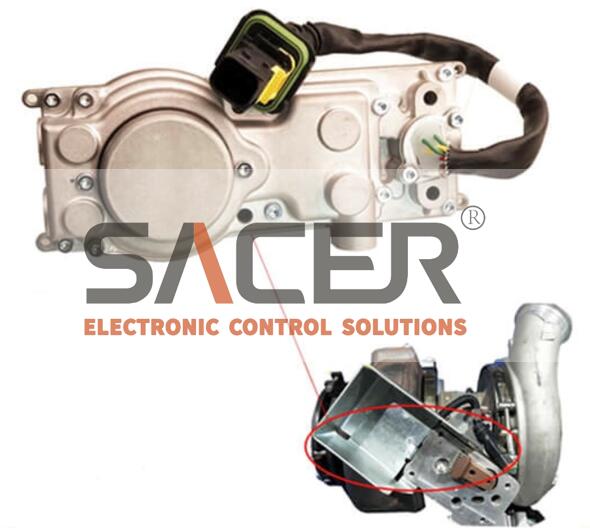
The integration of advanced materials, such as titanium and composites, has also played a role in improving turbo actuator performance. These lightweight and durable materials contribute to faster response times and increased longevity.
Today, turbo actuators have become indispensable in modern engines. They have transformed the automotive landscape, enabling smaller engines to deliver impressive power while meeting stringent emission standards.
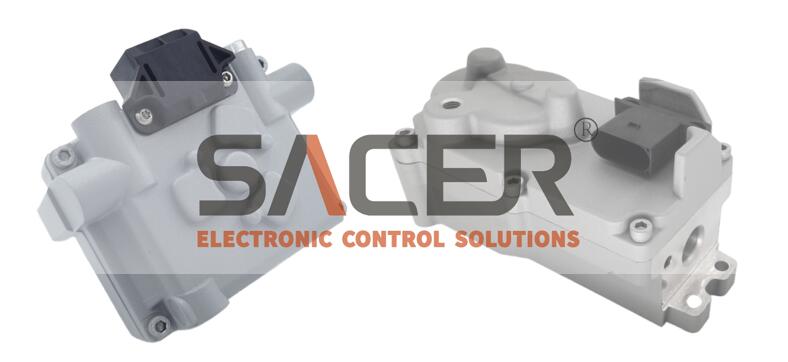
As we reflect on the history of turbo actuators, we marvel at the strides made in power, precision, and efficiency. The journey continues, with ongoing research and development pushing the boundaries of what turbo actuators can achieve. From humble wastegate valves to intelligent electronic systems, turbo actuators have proven to be a driving force in maximizing engine performance while minimizing environmental impact.
With each advancement, turbo actuators pave the way for a future where power and efficiency coexist harmoniously, offering exciting possibilities for the automotive industry and beyond.







